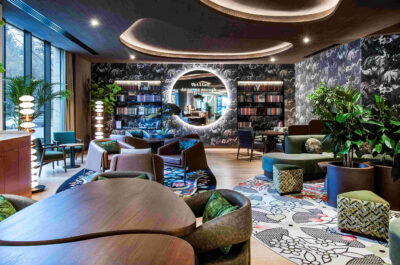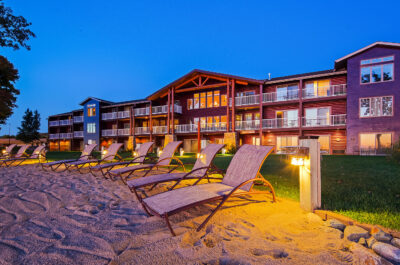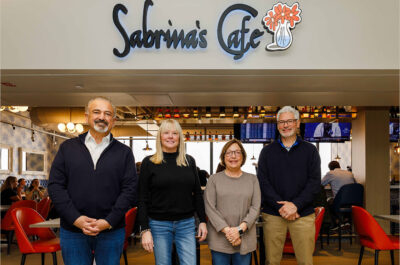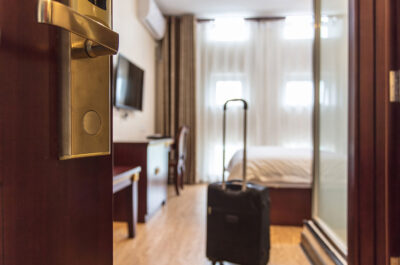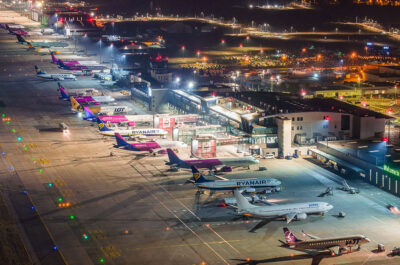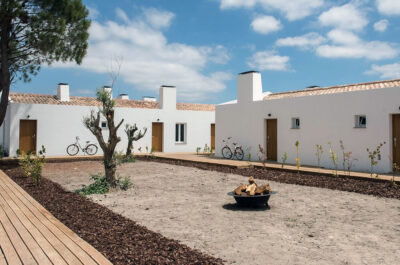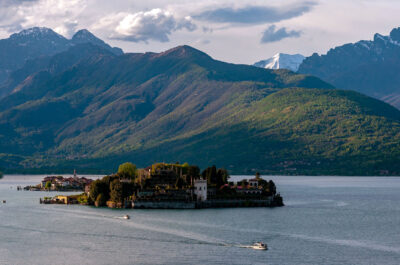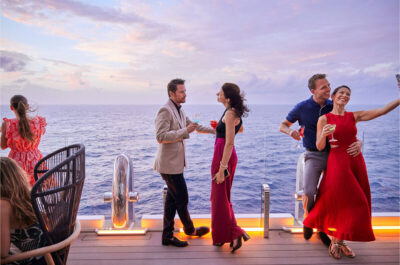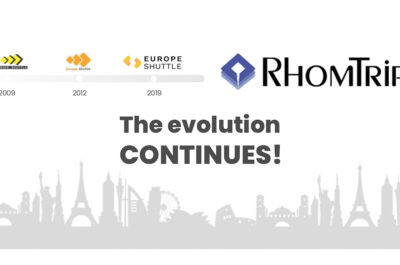How have Facebook, Instagram, Twitter, selfies, and more recently braggies, affected our traditional holiday snaps? Will the lovingly preserved photo albums on our bookshelves be replaced by a digital alternative? Accor take a look at the history of holiday pictures and the recent changes affecting them.
Look at the birdie!
In 1839, Louis Daguerre, a French artist and theatre designer, presented the Daguerreotype, the ancestor to the camera, at the French Academy of Sciences. Subsequently, Paris was gripped by a fever for photography and daguerreotypists’ stores sprung up almost overnight. The “new rich” created by the industrial revolution rushed to have their portraits taken in opulent decors so they could show off their wealth and success, and posed with books and musical instruments as evidence that they were people of culture. The Paris press soon dubbed the craze “Daguerreotypomania”!
The first photo albums date back to the 1860s when photographs were small. At the time they were still very expensive and were therefore no laughing matter. Pulling faces was not allowed and people adopted solemn expressions when they “looked at the birdie”!

At the beginning of the 20th century, cameras were becoming increasingly common and the first seaside or countryside holiday pictures began to appear. They were lovingly preserved as immortalized memories in family albums. Typically the photos feature fully dressed women with parasols strolling along beaches in Deauville and Arcachon in France or on Palm Beach in the United States, or groups of swimmers, up to their knees in water, posing for a photographer whose camera is placed on a ladder1.
Camera models evolved and the Leica appeared in 1925, followed by affordable compact analog cameras in the 1930s. The films were carefully kept until the holidays were over and were then taken to a lab to be developed. Once they were developed it was time to put the album together. The photos were admired, commented, sorted. On the back of each snapshot, the photographer carefully wrote down the names of the people in the photo, the date and the location using his/her best handwriting so as not to damage the photos. The photos were then stuck in an album to relate the holidays. The trip wasn’t really over until the album was complete…
The digital revolution
In 1949, one hundred and ten years after Louis Daguerre presented his Daguerreotype, Edwin Land, an American inventor and scientist, transformed the world of photography with the Polaroid, ushering in what is still the era of the instant photo. With the Polaroid, just minutes after pressing the shutter release button, faces and landscapes started to appear on a small piece of glossy paper. It was also practical because one could write a friendly message under the photo before giving it to friends met on holiday.
Since the 1980s the digital revolution has been underway. With the new digital devices, instead of taking one photo to immortalize a moment, we can now take ten, twenty, thirty or even fifty! We are all amateur models, striking different poses every second: with or without sunglasses, with or without pulling a face, full-face, profile or three-quarter views, low angle shots, etc. By the end of a week’s holiday, we might have easily taken some 1000 snaps. Then we sort them, because we can now simply delete the ones we don’t want to keep.
But where do we display the ones we decide to keep? According to a survey by OnePoll, two-thirds of people in the UK now catalogue their photos on their computers instead of displaying them in an old-fashioned photo album, and only 13% of 18 to 24-year-olds said they had already used an album2! As well as displaying pictures on computers and tablets, photos are increasingly posted on the social networks. 53% of those questioned claimed they preferred to publish their photos on Facebook rather than in a traditional photo album.
Holiday pictures have themselves evolved considerably. A survey carried out by hotels.com revealed that closed to 40% of the French use their smartphones rather than their cameras to take photos! And the smartphones have launched the trend for selfies. The latest craze on social networks is “tourism selfies”: “Me in front of the Statue of Liberty”, “Us at the foot of the Leaning Tower of Pisa”, “#meontheGreatWallofChina”3!
Nowadays, most French claim that their holiday photos are principally of monuments and landscapes. However, close to one-third do admit that most of their shots are now selfies!
Sharing
After all, what could be more natural than wanting tangible proof of one’s presence before the world’s most famous monuments? This said, the selfie is no longer an objective in itself. It’s now all about the braggie, the sole design of which is to make friends on the social networks jealous! Is this a shameful or simply an unabashed objective?
A poll found that over 5 million people in the UK post these bragging photos within 10 minutes of arriving on holiday, for example from the airport, the hotel room or a nightclub4. The best braggies are the pictures of you in a dream setting – under the coconut trees, for example or in a luxury hotel suite, or a trendy location. This is a somewhat reminiscent of how rich 19th century industrials liked to surround themselves with beautiful objects when posing for the daguerreotypist…
Another recent trend, the foodfie, shows how much holiday photos have changed. The foodfie consists of photographing the dish you are eating. The idea is to make friends salivate with jealousy and nothing works better!
However, these changes are probably also due to the fact that the way we travel has evolved. Perhaps monuments are a little less important now because they can be discovered on the Internet. The focus now is on experiencing other cultures, traditions, flavors and viewpoints. With or without a smartphone, with or without a selfie, the objective is still to seize the moment!
Just as painter Paul Delaroche exclaimed: “from today, painting is dead” when the Daguerreotype was invented5, many believe the holiday photo album is under threat and with it that sweet nostalgia that came from looking through family albums on Sundays. With advent of the new and paperless technologies, how will our memories be immortalized? Yet, isn’t the Polaroid back in fashion? And aren’t online albums so much easier to share with all our loved ones?
All this indicates that we are probably still much attached to the memories of our holidays.
1 (French only) http://historizo.cafeduweb.com/lire/12829-deux-siecles-vacances-mer.html
2 http://www.telegraph.co.uk/technology/news/10123875/Family-albums-fade-as-the-young-put-only-themselves-in-picture.html
3 (French only) http://fr.canoe.ca/voyages/themes/tendances/archives/2014/11/20141113-135826.html, http://fr.canoe.ca/voyages/themes/tendances/archives/2014/11/20141113-135826.html
4 http://www.dailymail.co.uk/sciencetech/article-2511167/Forget-selfies–BRAGGIE-One-upload-photos-social-networks-just-off.html.
5 L’art: pour quoi faire ?, Michel Ragon, 1978 (ISBN 2203231653).
Theodore is the Co-Founder and Managing Editor of TravelDailyNews Media Network; his responsibilities include business development and planning for TravelDailyNews long-term opportunities.
















